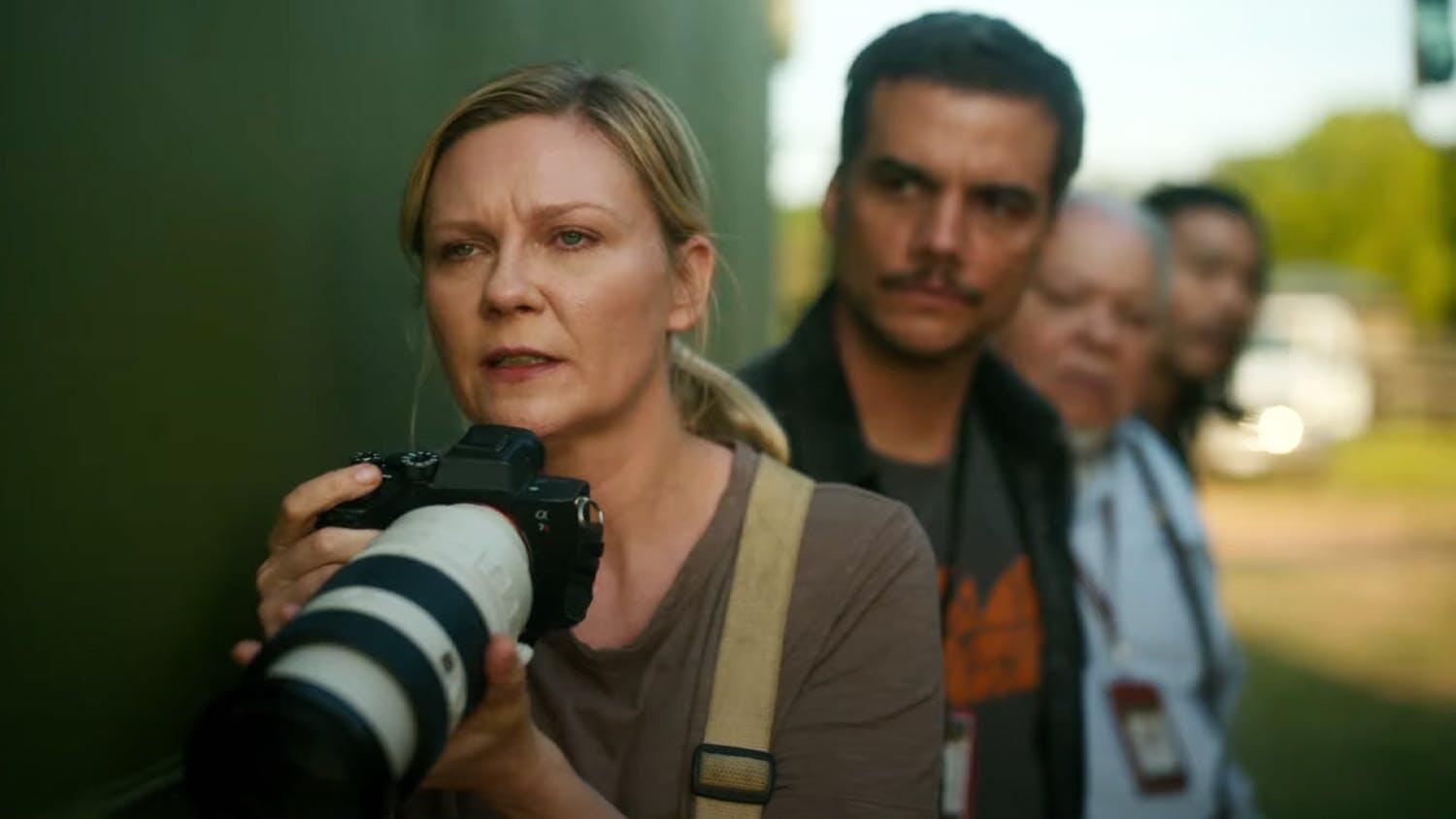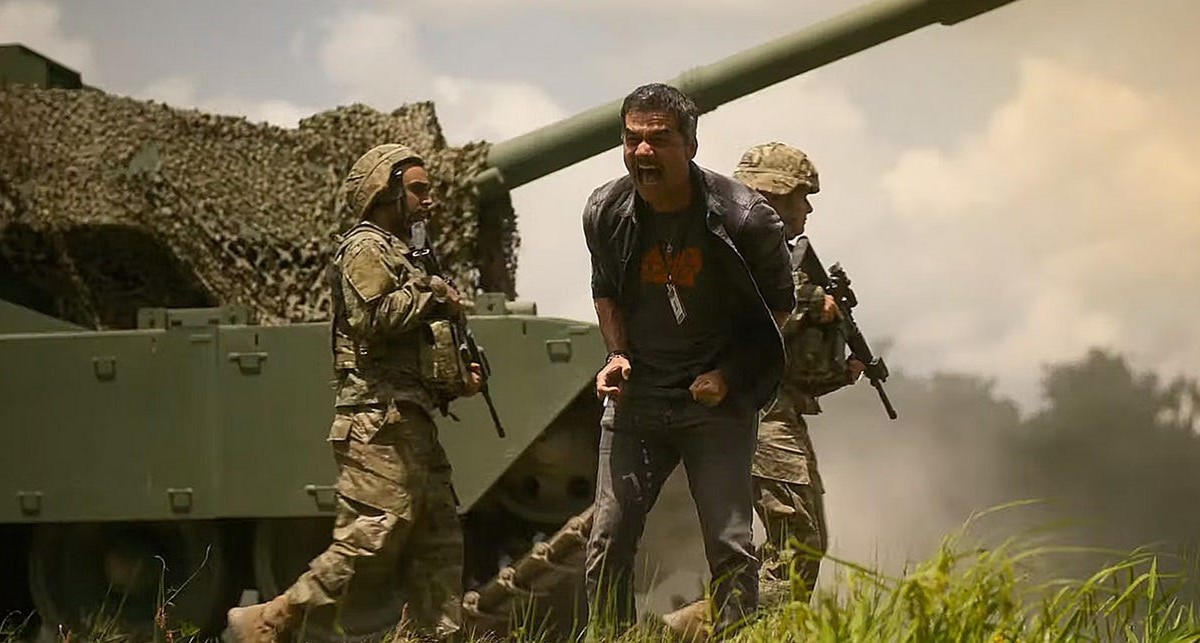by Janet Maslin
The screen version of The Godfather is not just an adaptation of Mario Puzo’s best selling novel — nor is it exactly a film about the Mafia, or one about gangster s in general, or even about the internal workings of a family in the process of disintegration. And least of all is The Godfather the elaborate star vehicle (for Marlon Brando) it may have begun to sound like.
The film, as a three-hour chronicle of the Corleone Family and that Family’s “business” (technically speaking, they import olive oil), is engrossing, enjoyable, and essentially very well made, although it fails a bit short of capturing the novel’s innate excitement But on the whole it proves to be somewhat problematic, being nowhere near equal to the sum of its excellent parts.
The single best aspect of the production is the level of acting it manages to maintain throughout Brando’s central rote as Don Vito Corleone, who is shot down early in the film and does not survive to see its conclusion, is basically a small one, But his brief performance is fully as remarkable as those concurrent cover stones in Life and Newsweek (and another story in Time) said it was, painstakingly faithful to the original character and yet equipped with certain distinct Brandoisms (i.e. the Don tends to sound like an aging Italian beatnik with laryngitis) that tend tremendous individuality to the characterization, In the early sequences, where the Godfather wheels and deals with unruffled detachment and unerring wisdom, Brando is once again at the height of his considerable powers.
Fortunately tor the rest of the film, his is not the only performance of such singularly high quality. James Caan is extraordinarily magnetic as the hot headed Sonny Corleone, and Al Pacino is versatile yet suitably controlled as Michael, his younger brother. Robert Duvall handles the understated role of Tom Hagen with deftness and considerable charm. Richard Castellano (Lovers And Other Strangers) is once again type cast in the role of a fat, affable and good-hearted Italian, but this time he adds a new dimension of subtle cunning. Diane Keaton, who played Castellano’s daughter in-law in the previous picture, is once again somewhat overly mannered, but she adequately conveys the bewilderment and infinite patience that befit the wife of Michael Corleone. At Rocco, as Moe Green, should have been onscreen more.
The drama in which these and numerous other characters lock horns is a peculiarly structured one. It has one climactic moment (in which Michael guns down the police captain and Sollozzo), but that takes place only an hour or so into the narrative. From then on the film is a series of small crescendos and momentary lulls, deriving much of its momentum from excessively clever cross-cutting and snappy editing while the action itself begins to take on an almost secondary role. As a result, the film’s most memorable sequences tend to be its most mannered ones as well (like that in which Michael serves as Godfather at the baptism of his sister’s baby, while cuts to simultaneous messy gangland assassinations affirm him as another kind of Godfather in a bloody, but equally formulaic, baptism ritual) The original story, straightforward as it was, managed to be far more compelling without relying on such unnecessarily manipulative tactics.
Of course the book was certainly manipulative in its own right, and one thing director and co-scenarist Francis Ford Coppola has attempted is to minimize the more obvious contrivances, streamlining a long and very detailed story by removing its most blatantly sensationalized moments (i.e. sexual and show biz interludes). Without making any real alterations — it would hardly have been wise, after all, to tamper with something that has thus far sold ten million copies and has presumably been read by at least that many potential filmgoers—Coppola has cut a good deal of tangential material still managing to leave the main plot-line intact. But the nature of the cuts, and the subsequent impression of Coppola’s having cleansed the book of all its trashy frivolity, ultimately lends the film a more ponderous tone than it needs — considering the timidity and ambivalence of its approach to its sublet matter.
The problem with Coppola’s revised, harder look at the issues raised by The Godfather is that neither his own viewpoint nor the story’s thematic purposes are ever made very clear. Coppola himself is manipulative in a way Puzo never touched upon, spending two and a half hours involving his audience’s sympathies in the fate of the Corleone Family and then reversing his course with a final condemnation of Michael, who has been transformed from college boy into cold blooded killer. Whether he’s invariably presenting the Family’s acts of violence as being either retaliatory or in some other way justified or whether using cross cutting to artificially juxtapose pairs of relationships or pairs of murders, Coppola always manages to have a subtle but heavily opinionated hand in the proceedings.
But while his own perspective is more than clear in moments like these, a certain overview is sorely lacking. Coppola is essentially ambivalent about the Mafia and noncommittal about Puzo’s implied parallel between the underworld route of Vito Corleone’s rise to power and the careers of railroad and oil-well magnates of the previous century (He does, however plant an enormous picture of a tram behind a summit conference of the nation’s foremost Family leaders). By avoiding any real exploration of the meaning of Puzo’s story, Coppola, with all his superficially attractive contrivances and careful ironies, never really elevates his Godfather beyond the level of a faithful, if truncated screen adaptation.
The film’s success as basic storytelling is due, in large part, to Coppola’s considerable technical expertise. His use of background music is exceptionally good (particularly in a sequence where John Marley, as an uncooperative film producer, learns what happens to someone who ignores the Family’s “offer he can’t refuse”). His lighting — used, once again, to set up contrasts — is particularly effective in differentiating the Corleones’ dark, cloistered confines from the outside world. The camera moves with unobtrusive fluidity throughout, and Coppola has an unflaggingly fine eye for staging his scenes.
His technique ultimately contributes a direct, but also imaginative, visual counterpart of Mario Puzo’s book. But despite Coppola’s efforts to endow the story with a new, more serious moral dimension, the film of The Godfather proves to be slick and fascinating as the book was, but devoid of any real depth beyond the bounds of its literal-minded narrative.
Boston After Dark, March 28, 1972




